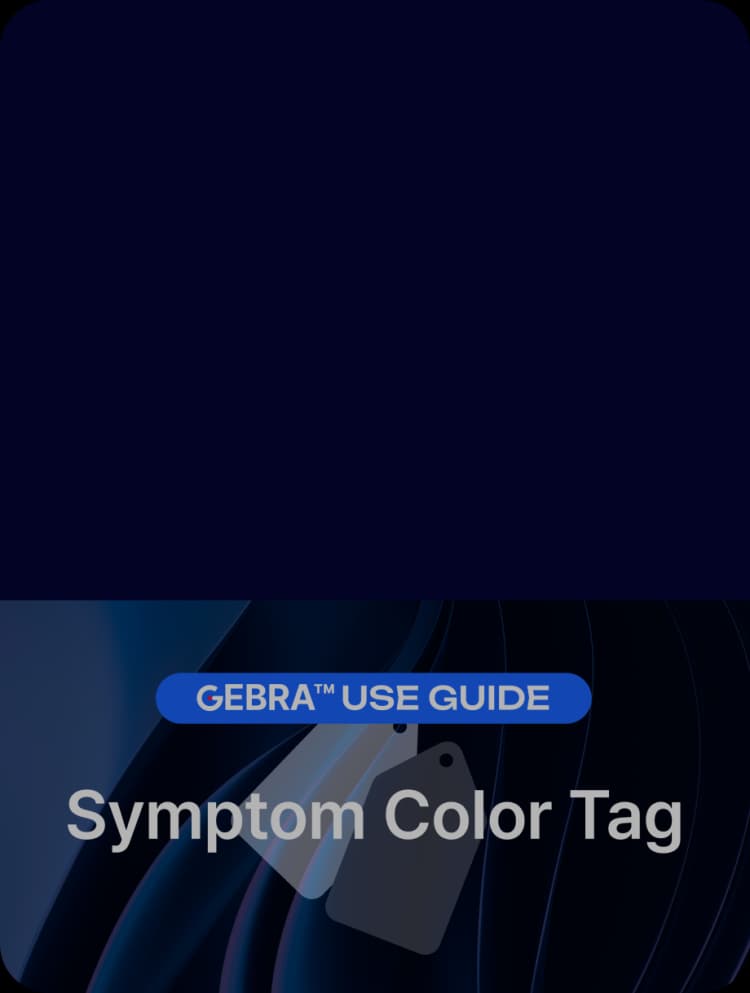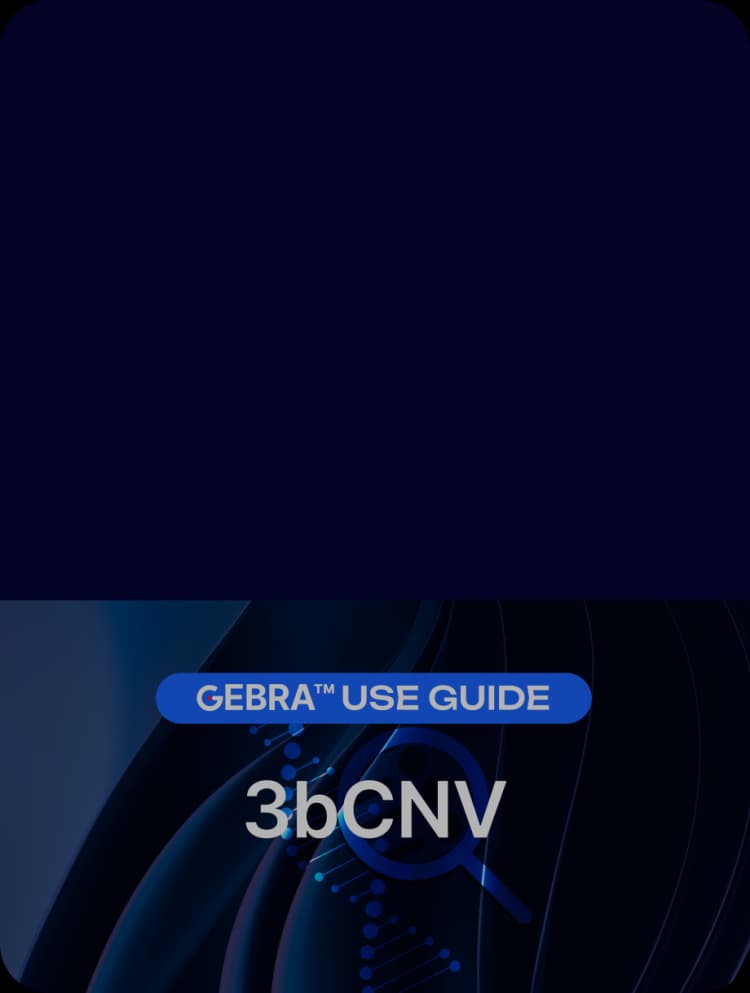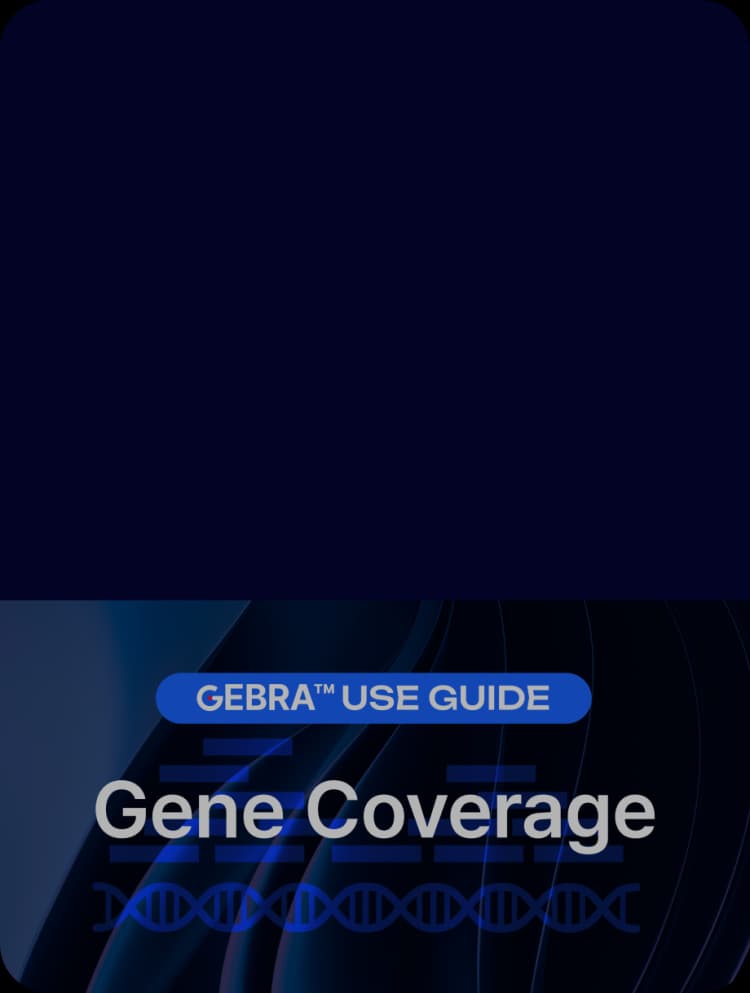The Buccal Swab Trap – “I Swabbed Your Cheek, So Why Is Their DNA Here?”
- Genetic test | 25. 11. 10

Alright, let’s review what we’ve learned from Part 1 and Part 2:
- The standard for Germline testing is blood.
- BUT, for Bone Marrow Transplant (BMT) patients, their blood is 100% the donor’s (Donor B), so we must use a buccal swab to get the patient’s DNA (Patient A).
So, you did exactly that. You used a buccal swab kit and scraped the inside of the BMT patient’s cheek.
And then… you get a report from the lab: “Chimerism Detected.”
“Wait, what? You told me the cheek cells were 100% Patient A’s! How is this possible?”
Welcome to the tricky reality of sample collection. Today, we’re exposing this critical trap and its perfect solution.
🧐 The Trap: The ‘Cells’ are the Patient’s, but the ‘Sample’ is Contaminated
Let’s be perfectly clear: Yes, the DNA inside Patient A’s actual cheek epithelial cells is 100% Patient A’s.
The problem is that the tip of that swab—what we call the ‘Sample’—doesn’t only contain pure epithelial cells. There are three major ways Donor B’s DNA can sneak in.
1. ‘Donor’ White Blood Cells in Saliva (The Most Common Culprit)
This is the key. Our saliva isn’t just water; it’s loaded with countless White Blood Cells (WBCs) that come from… our blood. As we just learned, a BMT patient’s blood is made by Donor B, meaning the WBCs floating in their saliva are 100% Donor B’s DNA.
The moment you swab the cheek, this “contaminated saliva” gets on the swab.
[90% Patient A Epithelial Cells + 10% Donor B White Blood Cells] = Chimerism Detected!
2. Oral Graft-versus-Host Disease (Oral GVHD)
This is a more serious case. GVHD is a severe complication where Donor B’s immune cells say, “This isn’t my home!” and begin to attack Patient A’s body. The inside of the mouth (oral mucosa) is an extremely common target.
This isn’t just a simple mix of saliva. This is a full-blown war, where Donor B’s “soldiers” (T-cells) have actively infiltrated Patient A’s cheek tissue to attack it.
What happens when you swab the cheek then?
[Patient A Epithelial Cells + (Infiltrating) Donor B Immune Cells] = Strong Chimerism Detected!
3. Micro-bleeding During Collection
What happens if you scrape the inside of the cheek too aggressively, thinking “I need to get a good sample!”? You cause tiny, often invisible, cuts and micro-bleeding.
And whose blood is that? It’s Donor B’s blood.
[Patient A Epithelial Cells + Donor B Blood] = Chimerism Detected!
💡 The Solution: “Wash Out” the Contaminant, then “Scrape”
To avoid these traps and get a pure Germline DNA sample from Patient A, you must follow this Standard Sample Collection Protocol.
1. Rinse with PURE Water Immediately Before Collection (Essential!)
- Right before the test, have the patient vigorously rinse their mouth for 10-20 seconds with clean, plain water (NO mouthwash).
- Why? To physically wash out as many of Donor B’s free-floating white blood cells from the saliva as possible.
2. Use a Brush, Not a Cotton Swab (Brush > Swab)
- A standard cotton-tipped swab tends to absorb saliva. This makes it a perfect tool for collecting the “contaminated saliva” we’re trying to avoid.
- If possible, use a small, bristled tool called a Cytobrush. This tool is designed to scrape off clumps of epithelial cells from the cheek lining, not just absorb saliva.
3. Be Gentle, But Firm
- Do not scrub so hard that you cause bleeding. The goal is to apply firm, consistent pressure to scrape off the cells, not to draw blood.
🚨 Plan C: The Last Resort
What if the patient has such severe Oral GVHD that their entire mouth is a “battlefield”? In this case, even the buccal swab is unreliable. You need a final backup.
You must use a different tissue from Patient A that is also unaffected by the transplant, such as skin tissue (fibroblasts).
An accurate genetic test begins with knowing what sample to collect, and just as importantly, how to collect it.
Explore the Full Sample Tips Series!
1️⃣ A Complete Guide to Genetic Testing Samples – Blood vs. Buccal vs. DBS
2️⃣ Bone Marrow Transplants & Blood Transfusions – Why Is Blood No Longer an Option?
3️⃣ The Buccal Swab Trap – “I Swabbed Your Cheek, So Why Is Their DNA Here?”
Do you find this post helpful?
Click the button below to copy and share the link.

Sookjin Lee
Expert in integrating cutting-edge genomic healthcare technologies with market needs. With 15+ years of experience, driving impactful changes in global healthcare.






